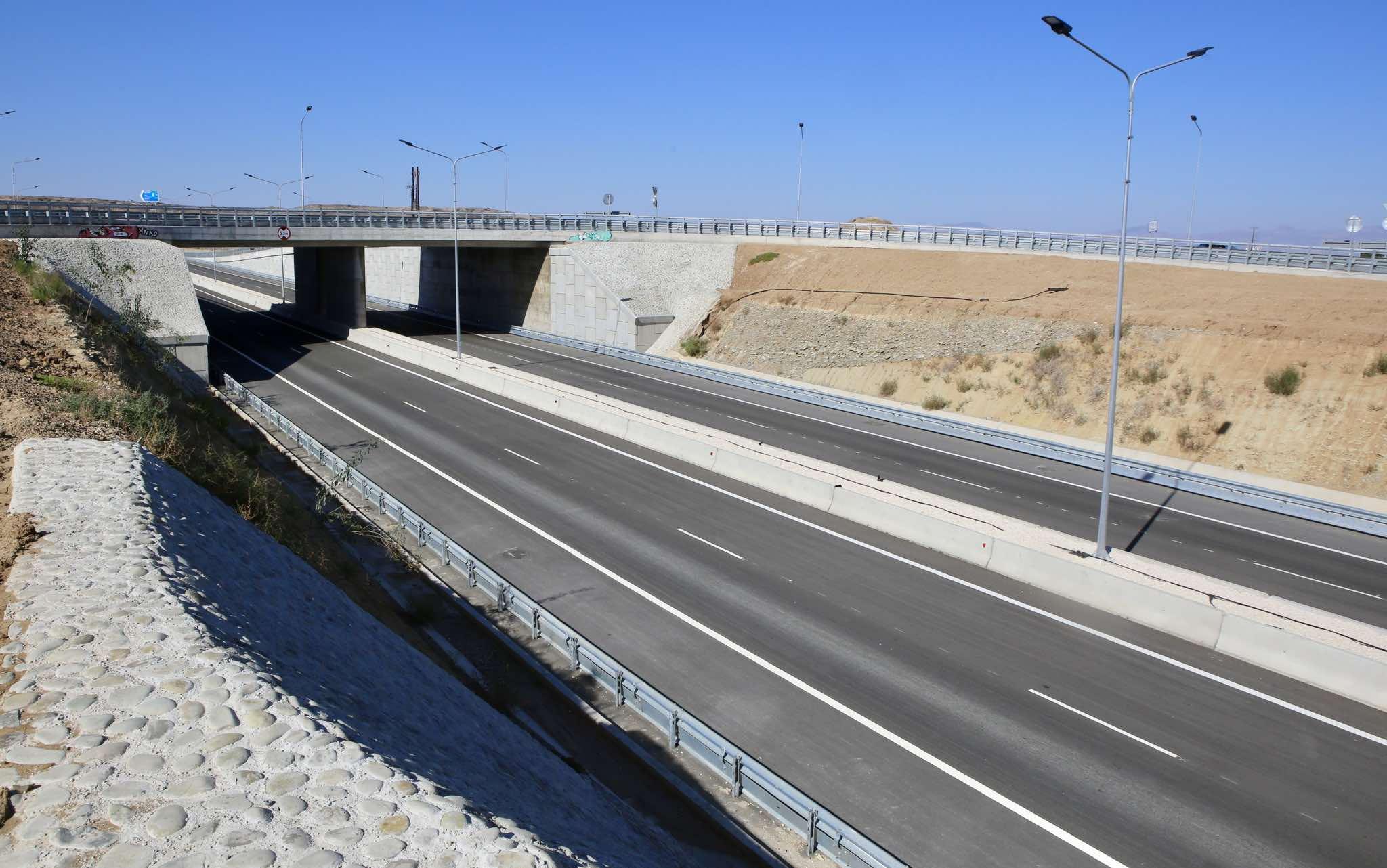On Thursday, July 3, a contract was signed to begin the third phase of construction on a bypass road in Nicosia.
The new section will connect the Antoupoli residential area with the Nicosia-Deftera road.
The project is estimated to cost €29.92 million, excluding VAT. Implementation will begin in August 2025 and last 36 months. The project is 85% co-financed by the EU Cohesion Fund under the program "ΘΑλΕΙΑ 2021–2027."
According to a statement by the Cyprus Ministry of Transport, Communications and Public Works, Phase B3 includes the following:
- construction of a new 2.15-km, four-lane motorway with a 2.6-m-wide central barrier between concrete barriers;
- construction of a roundabout at the intersection with the Lakatamia-Deftera Road (E902);
- construction of a 160-meter bridge over the Pedaios River;
- two overpasses and connecting roads at the intersection with the Nicosia-Paleohori road (E903) at the entrance to Antoupoli;
- reconstruction of local roads affected by the construction.
Additionally, the project includes:
- installation of a storm drainage system;
- underground laying of all utilities and telecommunications lines;
- new facilities for the Cyprus Electricity Authority's high-voltage network;
- new water supply trunk pipelines;
- modern lighting for interchanges; landscaping; an irrigation system; road signs; and other related work.
It is worth noting that the contract was awarded following an open tender.
The Nicosia bypass will run from the Geria area in the east. It will bypass the Dali industrial zone and connect to the Nicosia-Limassol motorway in the Tserri area. It will then head north from Tserri (Phase A1), pass through Lakatamia (Phases B1, B2, and B3), and continue through the western part of the Antoupolis area, the Deftera area, and the Paleometochos area. It will connect with the Nicosia-Troodos Motorway (Phase E).
Additionally, the project includes a separate 7 km section of the Nicosia-Paleochori motorway from Antoupolis to Anageia (phase C).
The total length of the bypass will be approximately 32 km of motorway and over 23 km of connecting roads, linked by sixteen interchanges.
Once completed, the project will provide a perimeter link between the main motorways of Nicosia:
- Nicosia–Limassol (A1),
- Nicosia–Kokkinotrimiti (A9),
- and Nicosia–Paleochori (A10).
The motorway is expected to:
- improve connectivity and accessibility between the capital and its suburbs;
- reduce traffic and unnecessary travel, especially for heavy goods vehicles on the Nicosia–Limassol route;
- reduce travel time and costs.
- improve road safety,
- It will also promote sustainable transport development while delivering environmental and socio-economic benefits.
The project will strengthen the integrity of the national road network by filling in gaps between motorways. It will also form part of a unified, coherent transport infrastructure, which is important in view of the potential reunification of the island.

Due to the scale and complexity of constructing roads around the entire free area of Nicosia, as well as the significant cost, the project is divided into eight phases with a planned completion date of 2032.
The €61 million A1 section (excluding VAT) has already been completed and opened to traffic in August 2024. It connects the Limassol-Nicosia motorway with Tseri/Strovolos Avenue (near the Lakatamia industrial zone).
The next step is to announce a tender for Phase B3, worth approximately €85 million (excluding VAT). This phase includes the initial section of the Nicosia-Palehori Motorway (A10). Phase B3, for which a contract has been signed, will connect Archbishop Makarios III Avenue (E902) in Lakatamia with the existing Nicosia-Palehori road (E903) in Deftera. The section includes:
- a 2.15 km motorway,
- connecting roads of approximately 1 km,
- 160-meter bridge over the Pedieos River,
- 700-meter retaining wall,
- two grade-separated junctions, and two interchanges.
